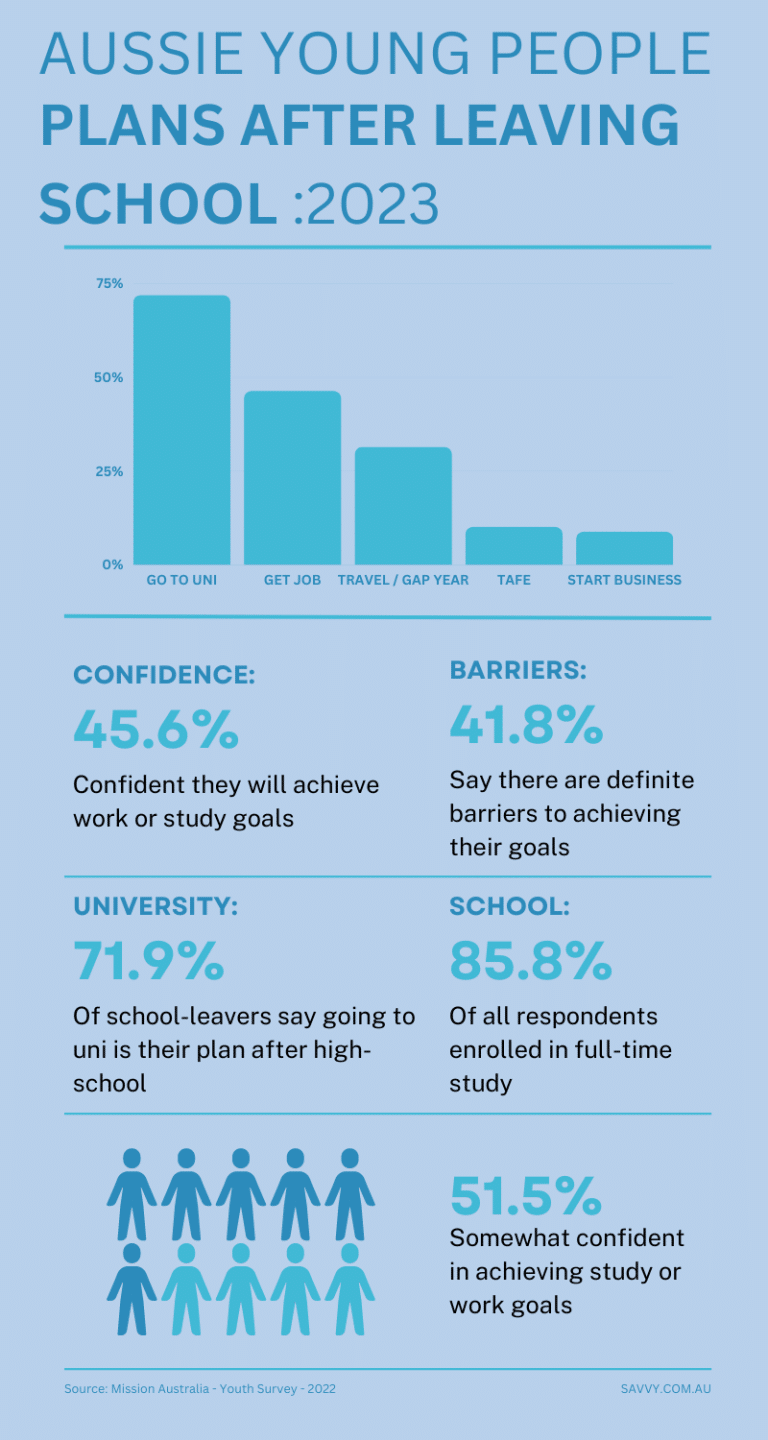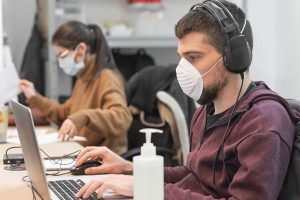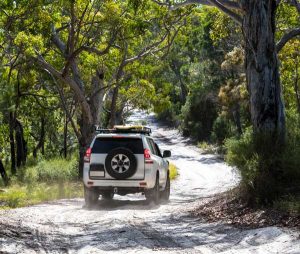
- The Savvy Promise
At Savvy, our mission is to empower you to make informed financial choices. While we maintain stringent editorial standards, this article may include mentions of products offered by our partners. Here’s how we generate income.
In this article
As part of Savvy’s ongoing research into the financial wellbeing of Australians, we look at the latest numbers on the plans of young people after they finish secondary education.
- 71.9% of school-leavers say going to university is their ultimate plan for after high school
- 85.8% of all respondents said they were enrolled in full-time study
- 45.6% say they are very confident they will achieve their work or study goals
- 41.8% said there are definite barriers to achieving their goals
Once the shaving cream has dried and the eggs are washed out of hair, the Australian high schooler’s rite of passage “muck-up day” – where school-leavers play pranks on teachers and junior students – gives way to sober reflection. What will I do next? What does life have in store for me?
Some may take up a trades apprenticeship while others plan to go to university. Some join the workforce or take a “gap” year volunteering, working, or even join the military before making a concrete decision.
The mammoth survey of 18,000 15-19 year old Australians conducted by Mission Australia shows that there is a real diversity among what young people plan to do after they leave the schoolyard gates for the last time.
Half have positive feelings about their futures – with half feeling negative; and to the worry of parents, the trend is accelerating year-on-year.
We’ll take a deep dive into what the next generation of working Australians have to say about their present, near-future, and what they’re looking forward to – or dreading.

An Overview of the Study
The study gathered 18,800 responses from a diverse range of survey sources. 60.8% of respondents were females, with 33.3% being male. 4.7% identified as Aboriginal and/or Torres Strait Islander and 19.2% speak a language other than English at home. 18.3% said they live with some type of mental health condition. 4.3% identified as gender diverse.
Six in ten (63.2%) of the whole lived in a major city (as defined by the Australian Bureau of Statistics) and over a quarter lived in regional areas (27.6%). The remainder lived in a postcode classified as both a major locality and regional area.
17.9% of respondents said they identified strongly with a cultural or ethnic group, with the top three being Chinese, Indian, and Italian. 19.2% spoke a language other than English (LOTE) at home – the top three being Mandarin, Greek, and Vietnamese.
Profile of Those Surveyed
No Data Found
Mission Australia – Youth Survey 2022, pg. 15
Participation in Education & Employment
The survey showed that 85.8% of all respondents were enrolled in some form of full-time study, with 7.4% saying they studied part-time. 6.7% said they were not studying at all.
89.4% of females said they were studying full time, compared with 80.3% of males.
53.3% said they were employed, with the overwhelming majority being employed part-time. 25.9% were not employed but were actively looking for work. 94% said at least one parent or guardian were employed (within the last week of responding to the survey.)
As for confidence in achieving their study or work goals, 45.6% said that they were extremely or very confident; only 2.8% said they were not at all confident. 51.5% said they were somewhat or slightly confident. Males outnumbered females in the very confident category (52% vs. 43.4%) while there was a switchover in the somewhat confident category (45.7% vs. 53.8%.)
As for the biggest barriers to achieving those goals, the national average (55.1%) said it would be their mental health, followed by academic ability (37.4%), and financial difficulty (24.8%). 27.6% of gender diverse respondents said that their biggest barrier to achieving their goals would be discrimination.
Overall, 41.8% said that there were definite barriers to achieving their goals, while 58.2% said there was not. 55.5% of females said there were not facing any barriers, compared to 44.5% of females that said they would. A higher proportion of females said that their academic ability would be a barrier to achieving their goals – 39.4% compared with 33% of male.
Participation in Paid Employment
| National % | Femailes % | Males % | Gender Diverse % | |
|---|---|---|---|---|
| Employed full-time | 0.7% | 0.4% | 1.0% | 2.4% |
| Employed part-time | 52.6% | 55.3% | 49.3% | 43.8% |
| Not in paid employment, looking for work | 25.9% | 23.5% | 29.2% | 33.1% |
| Not in paid employment, NOT looking for work | 20.8% | 20.8% | 20.6 | 20.8% |
Participation in Education
| National % | Femailes % | Males % | Gender Diverse % | |
|---|---|---|---|---|
| Studying full-time | 85.8% | 89.4% | 80.3% | 82.8% |
| Studying part-time | 7.4% | 5.3% | 10.9% | 7.8% |
| Not studying | 6.7% | 5.2% | 8.8% | 9.5% |
Mission Australia – Youth Survey 2022, pg. 23
Mission Australia – Youth Survey 2022, pg. 27
Future plans for young Australians after school
The most popular aspiration for young school-leavers was going to university, with 71.9% saying that was their top plan – The next two popular choices was getting a job (46.3%) and travel or taking a gap year (31.4%).
The outliers in terms of sex were 14.6% of males vs 4% of females electing to start an apprenticeship, and 35.5% of females vs 23.6% of males saying they would try to take a gap year or travel.
Another outlier was double the proportion of males (10.1%) planning to join the military or emergency services over females (5.4%.)
7.2% said they weren’t sure what they’d do, with 11% of gender diverse Australians stating this as a response.
Plans After Leaving School
No Data Found
Mission Australia – Youth Survey 2022, pg. 24 – (Respondents chose top 3 preferences)
State By State
Victorian respondents said that their top three plans for what to do after leaving school was to go to university on 72.9%, get a job on 45.1%, and go on a gap year on 32.6%. More females (79.5%) than males (62.8%) expressed a desire to go on to university.
In NSW, the disparity between male and females planning to go to university was stark – 55.4% to 82% (average of 74.8%.) The second most popular option was getting a job (49.8%) and taking a gap year (34.9%).
The ACT also had a big gap between males (52.8%) and females (70.9%) planning to go to university after school (61.8% overall.) 41.3% said they’d get a job, and 30% said they’d go on a gap year.
In South Australia, 64% said they’d go to university, 43% said they’d get a job, and 28.3% said they would take a gap year. This is far below the national average for going to uni (71.9%).
73% of young people in Queensland said they would go to university; 49.2% said they would get a job and 28.4% said they would undertake a gap year.
73.9% of those surveyed in WA said they would go to university, with 80.5% of females and 58.5% of males expressing so. 50.4% said they’d get a job, and 35.2% said they’d take a gap year. There was almost parity with females (50.1%) and males (51.7%) with plans to get a job.
Territorian youth’s top three plans for after school is university (60.6%), a job (40.3%) and a gap year (26.9%).
Tasmania had the lowest rate of young people choosing to go to university after school (57.9%). The other two choices were getting a job (41.2%) and travelling or taking a gap year (29.8%). 21% of males said they would get an apprenticeship, compared with only 6.2% of females.
The Negative Impact of COVID-19
The top three negative impacts of COVID-19 and the government response to it was education (73.2%), participation in activities (68.7%), and their mental health (53.7%). 62.7% of females listed mental health as a negative impact, compared with only 35.3% of males.
Confidence in Achieving Study or Work Goals
No Data Found
Mission Australia – Youth Survey 2022, pg. 25
Is the future bright?
For most respondents to the survey, the future looks optimistic – most are satisfied with their life as a whole, they have many choices available to them, and support is on the rise. Though the rate of positive outlook has declined year on year, it’s still above 50% – which is encouraging to see.
Savvy Spokesperson, Adrian Edlington;
Financial Commentator and Savvy spokesperson Adrian Edlington says that confidence in the future is good for young people’s prospects and the broader economy.
“There’s not that much cynicism in the younger generation, and they still have their eyes on the academic prize – that upward economic mobility is tied with tertiary education and higher paying jobs in white-collar professions.
They are motivated to make money and see the world, which was uniform in all states. Despite older folk saying the younger generation are ‘slackers’ and what have you, this survey shows that couldn’t be further from the truth.”
Did you find this page helpful?
Author
Savvy Editorial TeamPublished on January 31st, 2023
Last updated on March 14th, 2024
Fact checked
This guide provides general information and does not consider your individual needs, finances or objectives. We do not make any recommendation or suggestion about which product is best for you based on your specific situation and we do not compare all companies in the market, or all products offered by all companies. It’s always important to consider whether professional financial, legal or taxation advice is appropriate for you before choosing or purchasing a financial product.
The content on our website is produced by experts in the field of finance and reviewed as part of our editorial guidelines. We endeavour to keep all information across our site updated with accurate information.










